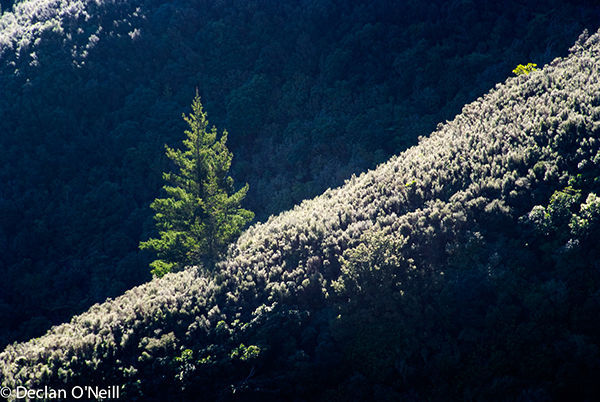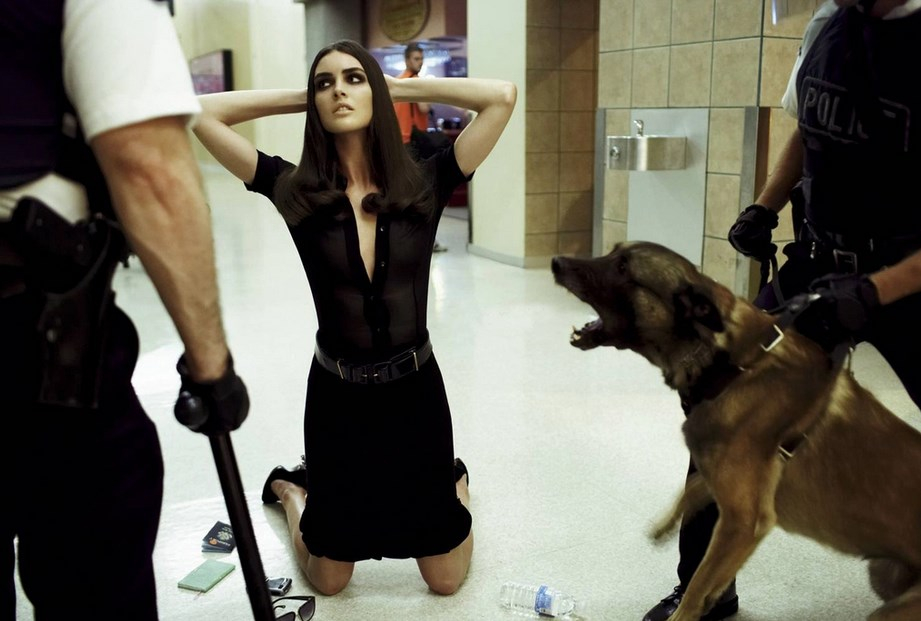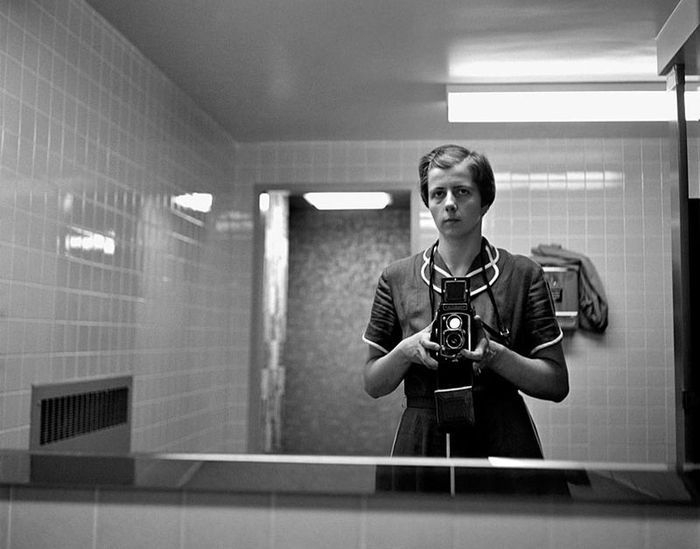HOW TO OBTAIN BEST RESULTS BY REMOVING AN ULTRA-WIDE ANGLE LENS
 Today, most consumer DSLR lens kits are wide-angle. The 18 mm lens on the APS-C sensor camera (or 27 mm on the old 35 mm) is wide enough for most cases. Ultra-wide-angle lenses are characterized in that their focal length is less than 16 mm. It is here that new creative possibilities and new obstacles open up.
Today, most consumer DSLR lens kits are wide-angle. The 18 mm lens on the APS-C sensor camera (or 27 mm on the old 35 mm) is wide enough for most cases. Ultra-wide-angle lenses are characterized in that their focal length is less than 16 mm. It is here that new creative possibilities and new obstacles open up.
On crop sensor lenses, a focal length of 30-35 mm provides what we call the “normal” field of view, which is roughly equivalent to what the human eye sees. At 18 mm the field of view is almost two times wider, so it is possible to place many objects in the frame. At 12 mm you will again get 50% of the field of view, which is already very far from the “normal” – in this case, you need to turn your head to capture all the details. Continue reading
HOW TO PACK CORRECTLY PHOTO FOR DRAINS AND DO I NEED TO USE AN ARTIFICIAL INTELLIGENCE FOR THIS
 For a photographer who works with photo banks, high-quality images are half the success. In order for a photo to be commercially successful on stocks, it must be properly “packed”: the correct title must be selected for it and relevant keywords must be invented. In the language of drains, this is called “attribution” of the image. Without proper attribution, your picture, no matter how professional and fresh it may be, will simply be lost in a huge mass of stock images.
For a photographer who works with photo banks, high-quality images are half the success. In order for a photo to be commercially successful on stocks, it must be properly “packed”: the correct title must be selected for it and relevant keywords must be invented. In the language of drains, this is called “attribution” of the image. Without proper attribution, your picture, no matter how professional and fresh it may be, will simply be lost in a huge mass of stock images.
You need to know a few simple rules, practice in order to “get your hand”, and gain time and patience, because this work is painstaking and time-consuming. In addition, today there are many services that help automate this work. But ultimately, it’s up to you to work with content on your own or give a routine to neural networks. Continue reading
HOW TO PHOTO JEWELERY WITHOUT A STUDIO. GUIDE TO ACTION
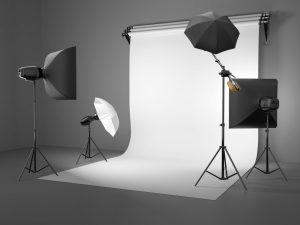 Many online store owners are worried about how to convey the beauty of sparkling jewelry in photographs. However, shooting jewelry is not as difficult as it might seem. Here is a checklist of simple items that will be useful to complete in order to get good photos.
Many online store owners are worried about how to convey the beauty of sparkling jewelry in photographs. However, shooting jewelry is not as difficult as it might seem. Here is a checklist of simple items that will be useful to complete in order to get good photos.
How to photograph jewelry without a studio. Guide to action
Prepare props and materials
Window and natural light
How to photograph jewelry without a studio. Guide to action
Photographing shiny jewelry using a flash is not a good idea, because jewelry will reflect bright light, create glare and sharp shadows in the background, as the two examples below demonstrate. Continue reading
STEVEN MAYZEL IN FASHION PHOTOS AND SHE IN IT
 One of the most famous commercial photographers of our time, Steven Meisel was born on June 5, 1954 in New York. Since childhood, his eccentricity has become noticeable close. Stephen combined the Anglo-Irish descent of his mother and the Russian-Jewish roots of his father. When he was 3 years old, the family moved to Wisconsin, where he spent his childhood as a future photographer. The boy’s father worked in show business, so Meisel got to know the backstage early.
One of the most famous commercial photographers of our time, Steven Meisel was born on June 5, 1954 in New York. Since childhood, his eccentricity has become noticeable close. Stephen combined the Anglo-Irish descent of his mother and the Russian-Jewish roots of his father. When he was 3 years old, the family moved to Wisconsin, where he spent his childhood as a future photographer. The boy’s father worked in show business, so Meisel got to know the backstage early.
After graduating from high school, Stephen went to study at the Parsons School of Design as a fashion illustrator. His talent was quickly noticed, and Meisel began his career at the Halston fashion house, and then at Women Wear Daily. Continue reading
WHAT IS TFP?
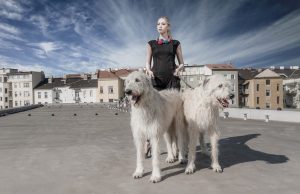 About TFP should be known to everyone who is somehow connected with photography. TFP (Time for Prints) is a form of transaction in the world of photography, where neither side takes money for their work from the other side. That is, the model gives the photographer his time, and the photographer provides the model with pictures for the fact that she worked with him.
About TFP should be known to everyone who is somehow connected with photography. TFP (Time for Prints) is a form of transaction in the world of photography, where neither side takes money for their work from the other side. That is, the model gives the photographer his time, and the photographer provides the model with pictures for the fact that she worked with him.
TFP – Time for printing or Time for photos. It is a side effect of the current situation: there are an exceptionally large number of camera owners around, thanks to their relatively affordable prices. More cameras, more photographers and in direct correlation – more models Continue reading

